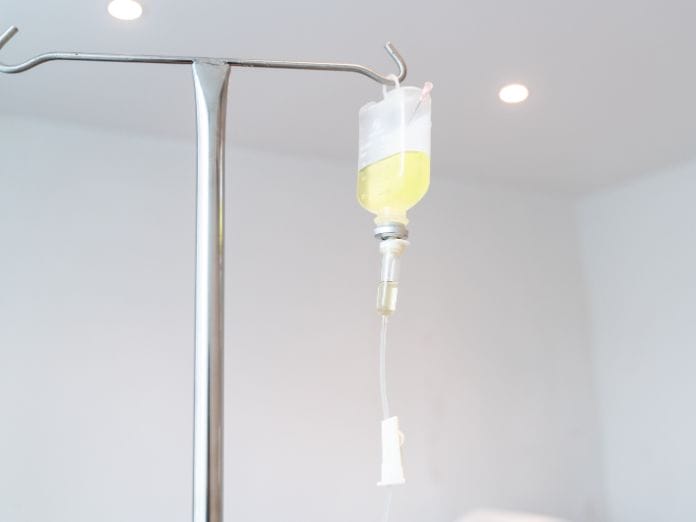Intravenous lines, known as IVs for short, are a common feature of most hospital stays. Often, a nurse will insert an IV before a patient has even seen a doctor. Learn why many emergency departments make IVs standard practice.
What Is an IV?
An IV line is a thin, flexible tube attached to a needle that health-care professionals insert into a vein, usually on the patient’s arm. IVs deliver nutrients, fluids, or medications directly into the bloodstream.
What’s in the IV Bag?
The bag that hangs above the patient could contain several different solutions, among them being a saline solution for hydration, blood products for transfusions, nutrients, or medications. Health-care professionals carefully control and monitor the contents of the bag. This monitoring ensures the correct dosage and rate of administration.
Why Emergency Departments Usually Put in an IV
Emergency departments often operate in a fast-paced environment where time is critical. Here are some reasons why many emergency departments have made IVs standard practice.
Saving Time by Making a Vein Accessible for Medication
Having an IV line already in place can save valuable time during emergencies. If the condition of a patient suddenly worsens, health-care professionals can administer medication immediately via the IV line. This approach eliminates the need to find a suitable vein, which can sometimes be challenging.
Hydration
Dehydration is a common issue that patients face in emergency departments. An IV line allows for rapid rehydration using a saline solution. This approach is particularly useful for patients who can’t take fluids orally due to their medical condition.
Blood Pressure
With trauma and extensive blood loss, shock, or sepsis, patients often experience low blood pressure. An IV line allows for the quick administration of fluids or medications. These substances increase blood pressure.
Do All Patients Need IVs?
Not all patients require IVs. The need for an IV depends on the patient’s medical condition and the treatment plan. Health-care professionals make this decision based on a patient’s individual needs.
Can Patients Have IVs at Home?
Licensed home health-care services can provide this service under the supervision of a health-care professional. However, the feasibility and safety of home IV therapy depend on the patient’s condition, caregiver availability, and the type of therapy required.
There are benefits to in-home IV drip therapy, but always consult your doctor before arranging it for things like the administration of vitamins or solutions designed to alleviate hangovers. There’s a risk of infection, overdose, or an adverse reaction, so always enlist the help of licensed medical professionals, such as registered nurses or emergency medical technicians.
People with certain medical conditions shouldn’t have home IV drip therapy. Pregnant people, patients with kidney, liver, or heart conditions, allergies, or clotting disorders, children, and elderly patients aren’t good candidates for home IV therapy. Again, discuss IVs with your doctor before pursuing any type of treatment that involves an IV line.
Making IV lines a standard practice in many emergency departments is a strategic move. This approach ensures rapid response in many critical situations. By understanding the role and benefits of IVs, we can appreciate why they have become such an integral part of emergency medicine.






